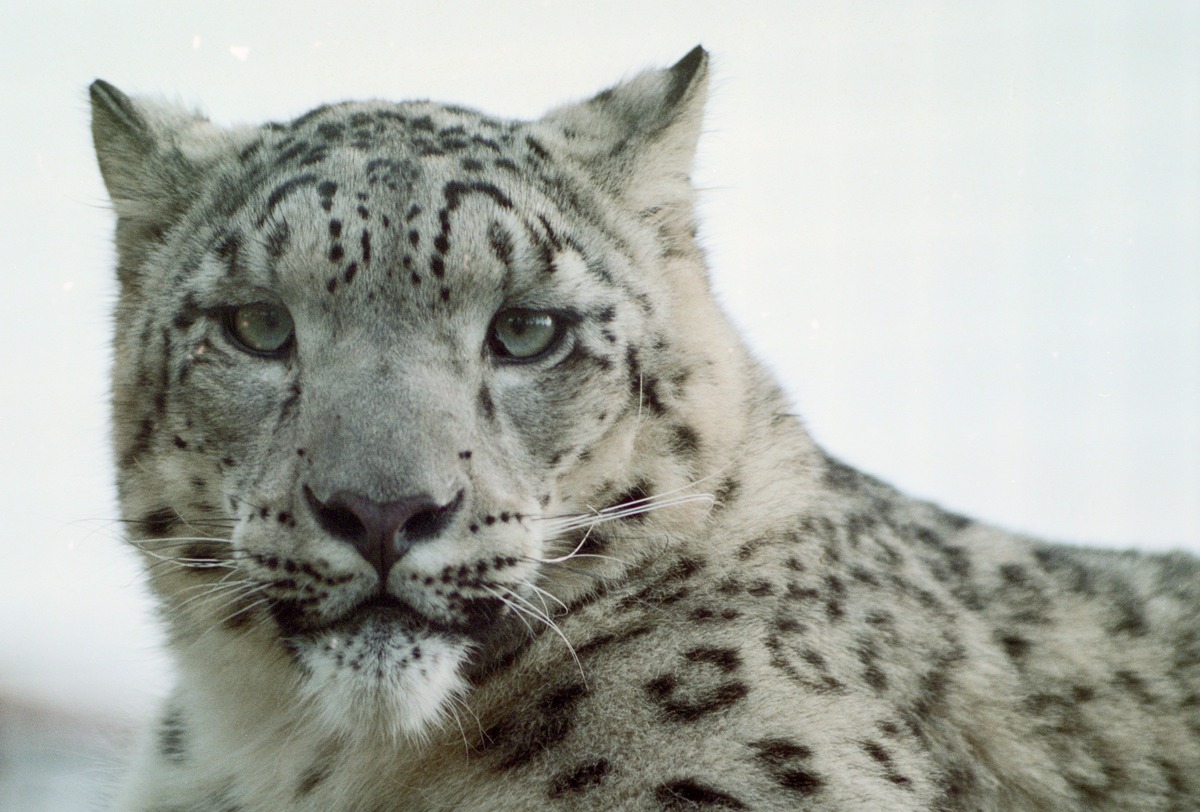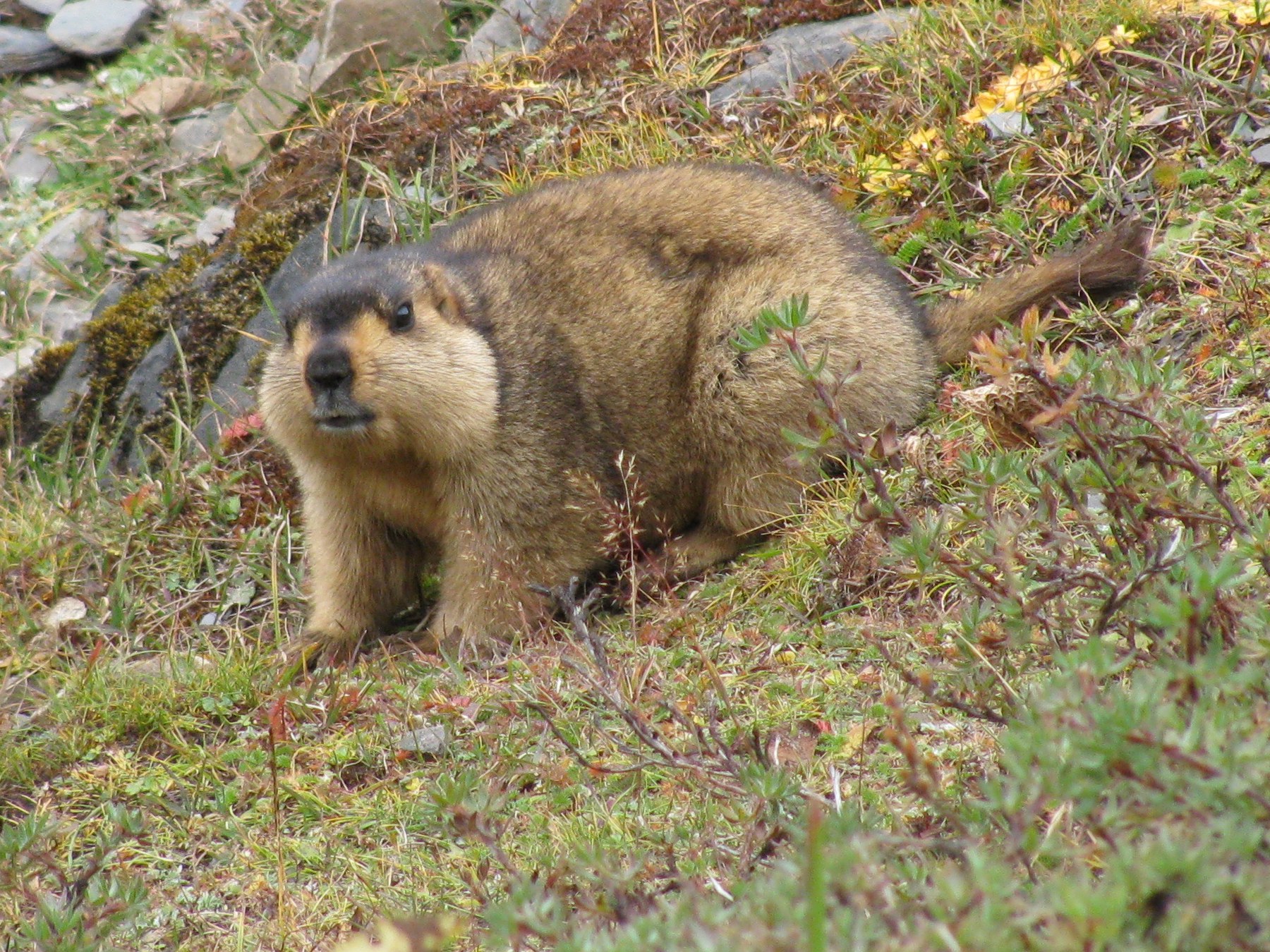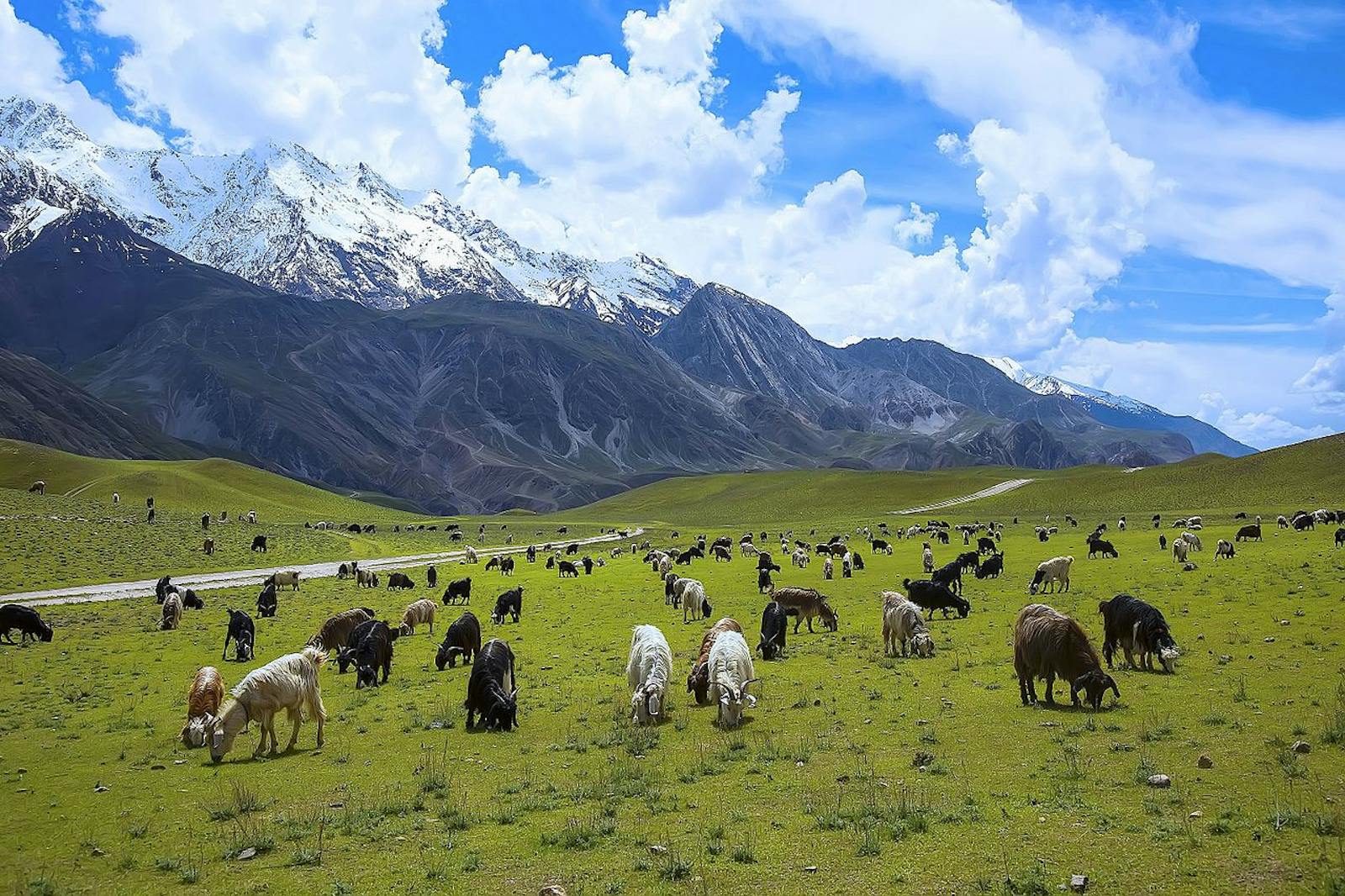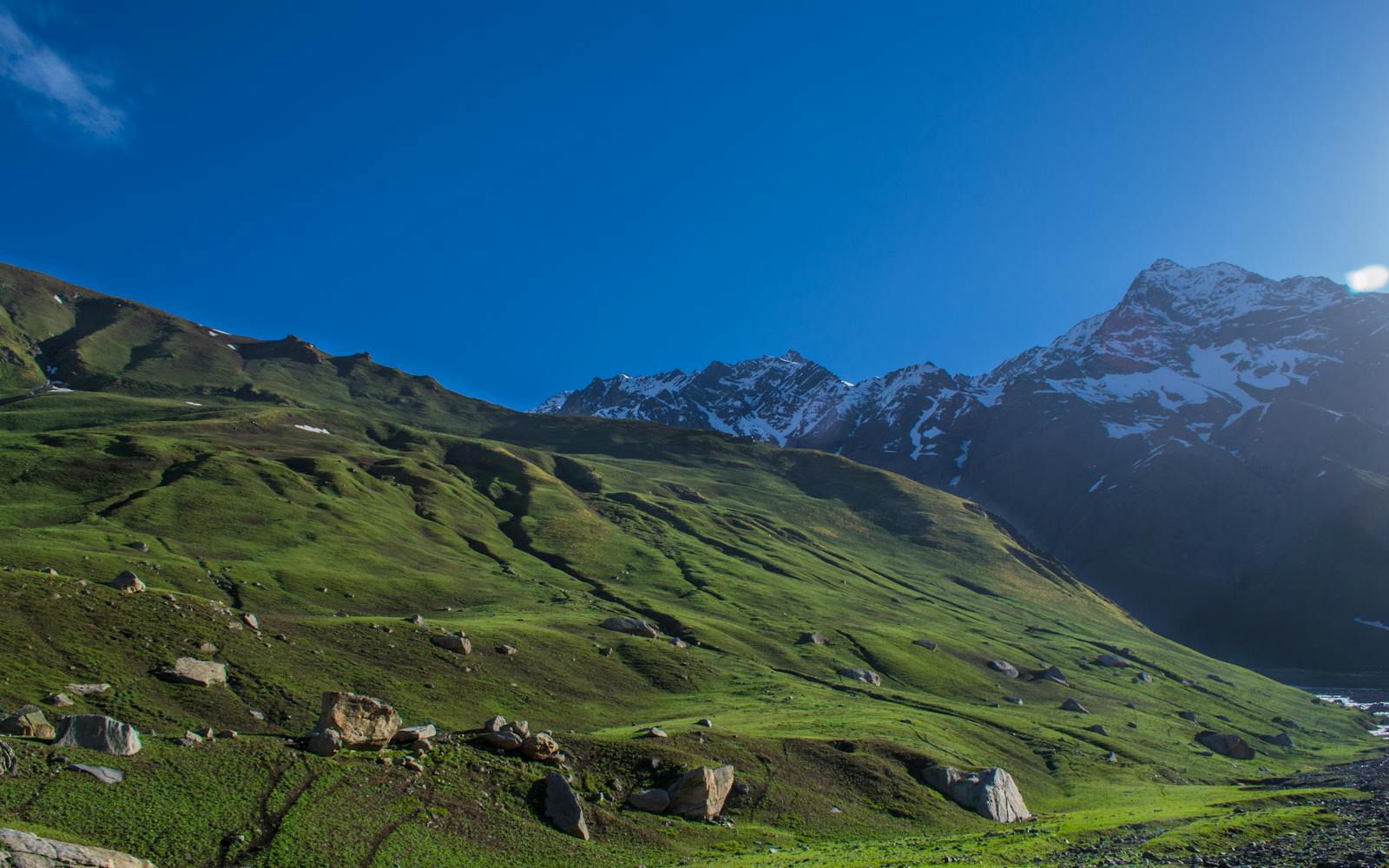Northwestern Himalayan Alpine Shrub and Meadows
The ecoregion’s land area is provided in units of 1,000 hectares. The conservation target is the Global Safety Net (GSN1) area for the given ecoregion. The protection level indicates the percentage of the GSN goal that is currently protected on a scale of 0-10. N/A means data is not available at this time.
Bioregion: Himalayan-Pamir Alpine Shrub & Meadows (PA41)
Realm: Eastern Eurasia
Ecoregion Size (1000 ha):
4,951
Ecoregion ID:
760
Conservation Target:
18%
Protection Level:
6
States: India, Pakistan, Afghanistan, China
The Northwestern Himalayan Alpine Shrub and Meadows ecoregion in the remote mountains of Jammu and Kashmir, where northwestern India, northeastern Pakistan, and southwestern China intersect, is one of the last remaining cold desert wilderness areas on Earth that provides vast areas of habitat for snow leopard and Tibetan wolf to roam with relative freedom and hunt the large mountain goats and sheep, such as ibex, markhor, blue sheep, and tahr.
Large avian predators such as lammergeier and golden eagle patrol high above the mountains searching for smaller prey, such as marmots and even juvenile goats and sheep. For a brief period in late spring the meadows explode in a colorful tapestry of delphinium, gentian, poppy, roseroot, lousewort, anemone, and aster flowers.

The flagship species of the Northwestern Himalayan Alpine Shrub and Meadows ecoregion is the lammergeier. Image credit: Wildscreen Exchange
The ecoregion represents a narrow band of alpine scrub and meadows between 3,300 and 3,600 m, especially in the Vale of Kashmir. The shrub vegetation consists of stunted, twisted Rhododendron and juniper scrub, deformed by the cold unrelenting wind, and known as ‘krummholz’.
The ecoregion receives very little rainfall from the summer monsoon because most of the precipitation is expended in the eastern regions of the Himalaya. Winter temperatures fall below freezing, and heavy snowfall is common. But the summers are hot, often exceeding 30ºC.

Snow leopard. Image credit: Roger Blackwell, Creative Commons
The vegetation is shaped by the interacting forces of climate, terrain, and topography. The north- and northwest-facing slopes are less exposed to sunlight and tend to be cooler and retain more moisture than the south and southeast-facing slopes that receive more sunlight and are drier. Thus, the incised, complex terrain creates a jigsaw puzzle of several vegetation types, from near-evergreen scrub of stunted birch and Rhododendron, to meadows with a highly diverse herb and grass community, and scree habitat that is mostly bare, with scattered small, fleshy cushion-forming plants such as Caragana, Saxifraga, and Draba.

Lambs in the Himalayan. Image credit: Creative Commons
Little information is available on the biodiversity of this remote and scientifically unexplored area. Forty nine mammals are known from here. None are endemic, but several are threatened, with the mystical snow leopard taking the center stage as the most charismatic alpine and Trans-Himalayan predator, although other predators such as the Tibetan wolf and brown bear are as threatened and impressive, and can be used for conservation planning. The bird fauna consists of 139 species. Again, none are endemic, but several, such as the lammergeier, golden eagle, Himalayan griffon, snow partridge, Tibetan snowcock, can be focal species for conservation planning.

Himalayan marmot. Image credit: Chistopher J Fynn, Creative Commons
Because of its high elevation, harsh climate, and lack of commercially valuable timber trees, the ecoregion’s habitat is relatively stable, although threats from overgrazing by domestic livestock and fuelwood collection are present. There are 15 protected areas that cover about 12% of the ecoregion, and two—Siachu Tuan Nalla Wildlife Sanctuary and Pin Valley—are medium-sized, with the latter exceeding 1,000 km2.
Because relatively little is known about the biodiversity and conservation status of this ecoregion, priority conservation actions would include surveys to assess conservation status of habitat and species that could be used to develop a conservation strategy; identify the current threats and develop conservation strategies to address them; and assess anticipated climate change impact to the ecoregion and develop conservation and adaptation plans.
Citations
1. Chandra Sekar, K. and Srivastava, S.K., 2009. Flora of the Pin Valley National Park, Himachal Pradesh. Botanical Survey of India, Ministry of Environment and Forests.
2. Wikramanayake, E, E. Dinerstein, et al. 2002. Terrestrial Ecoregions of the Indo-Pacific: A Conservation Assessment. Island Press.
3. Sharma, D.K., Maldonado, J.E., Jhala, Y.V. and Fleischer, R.C., 2004. Ancient wolf lineages in India. Proceedings of the Royal Society of London B: Biological Sciences, 271(Suppl 3), pp.S1-S4.




